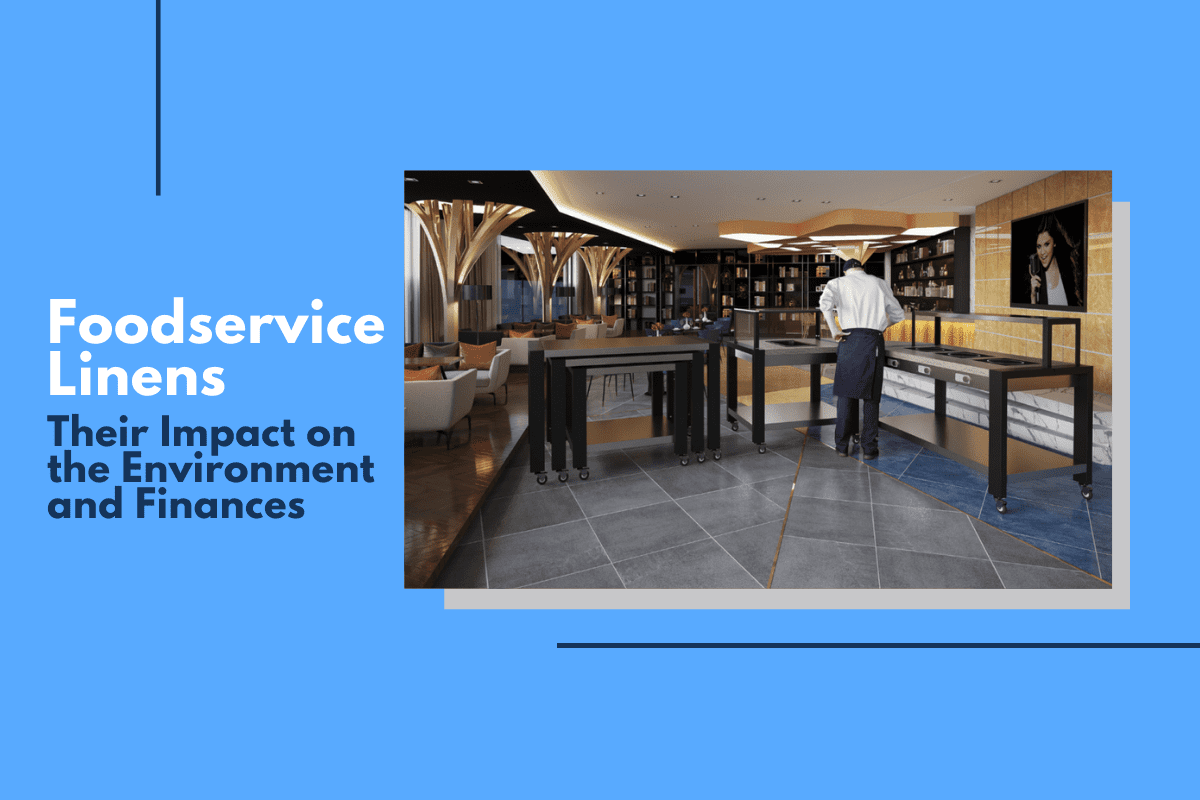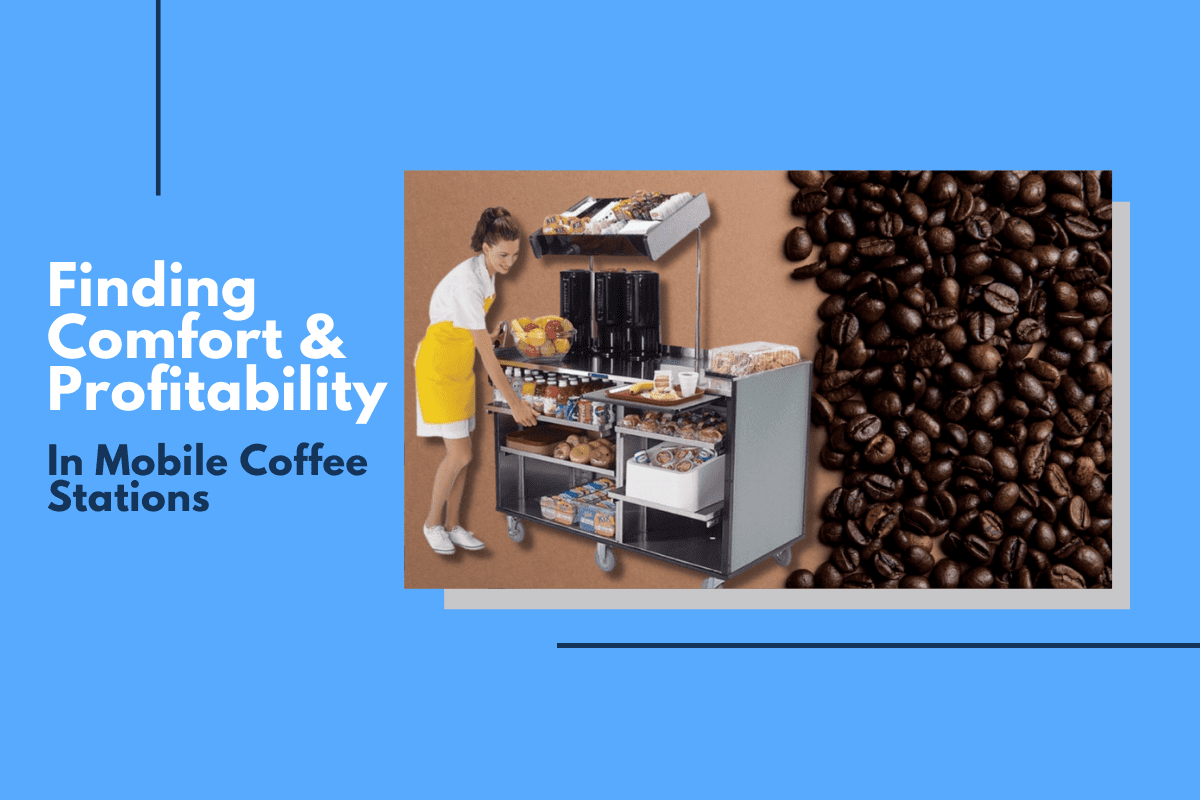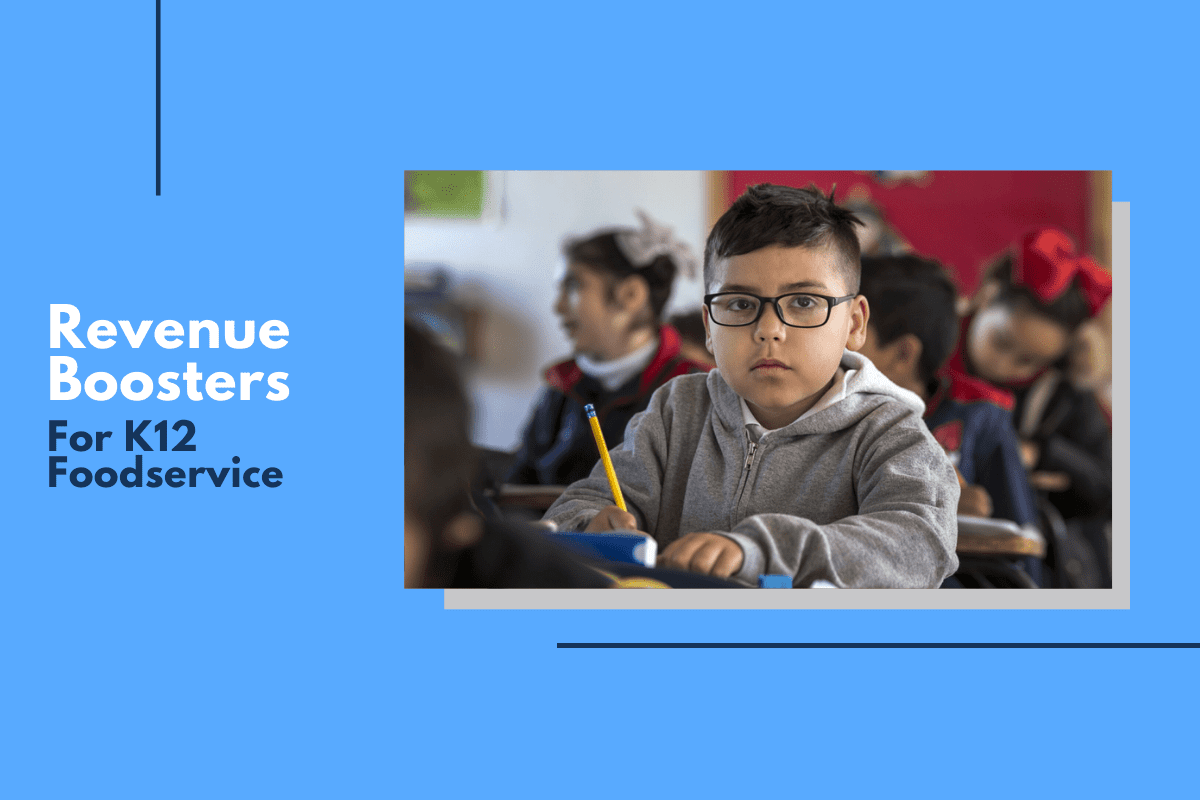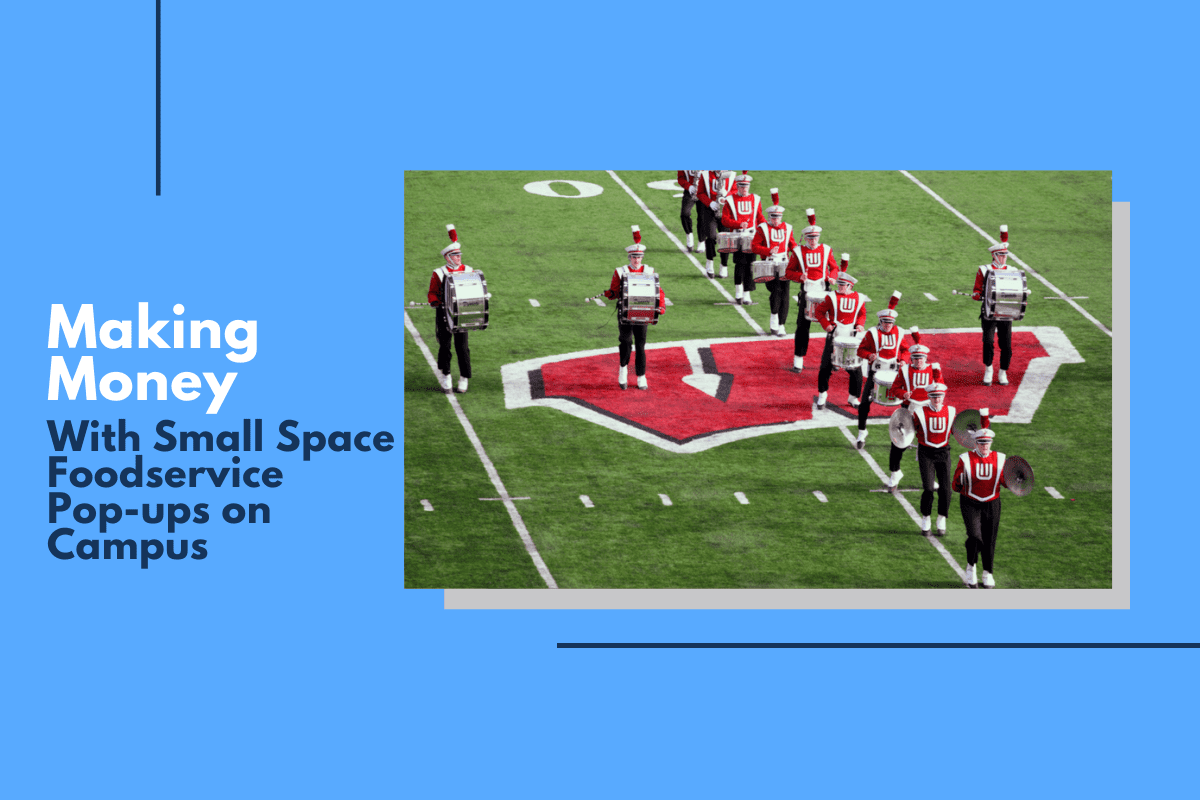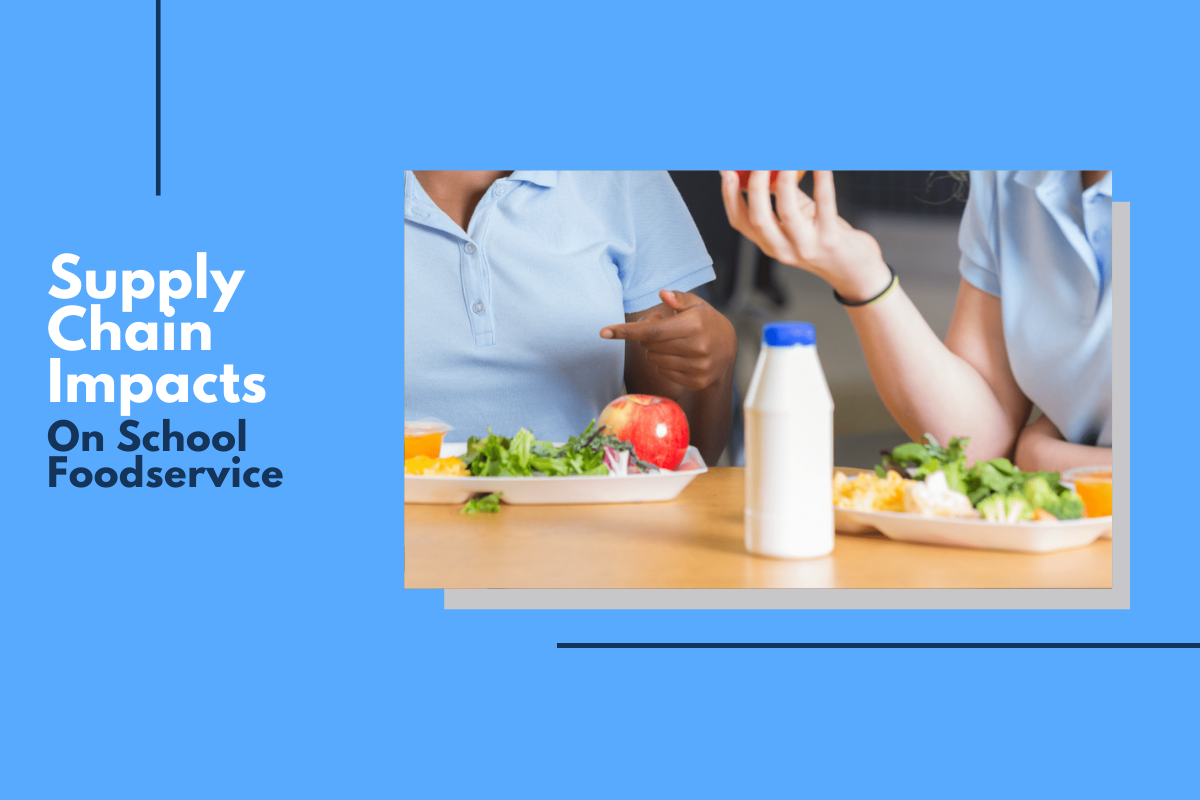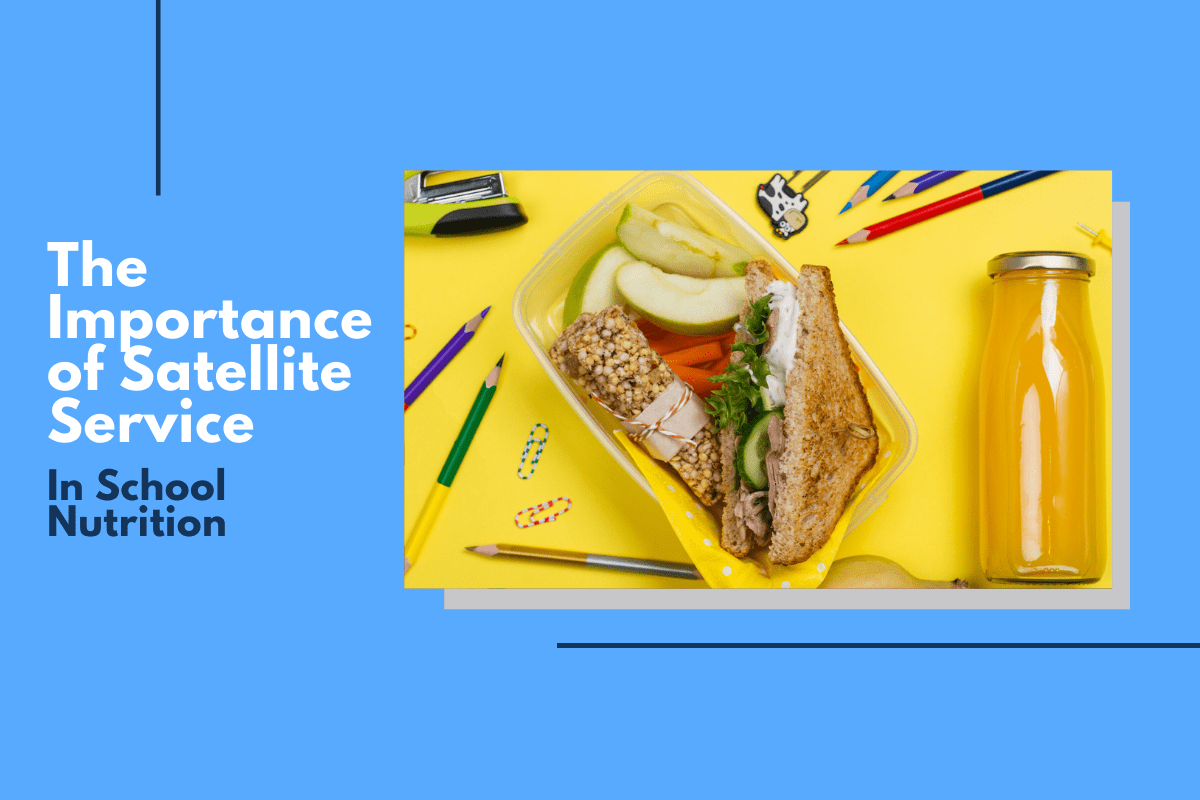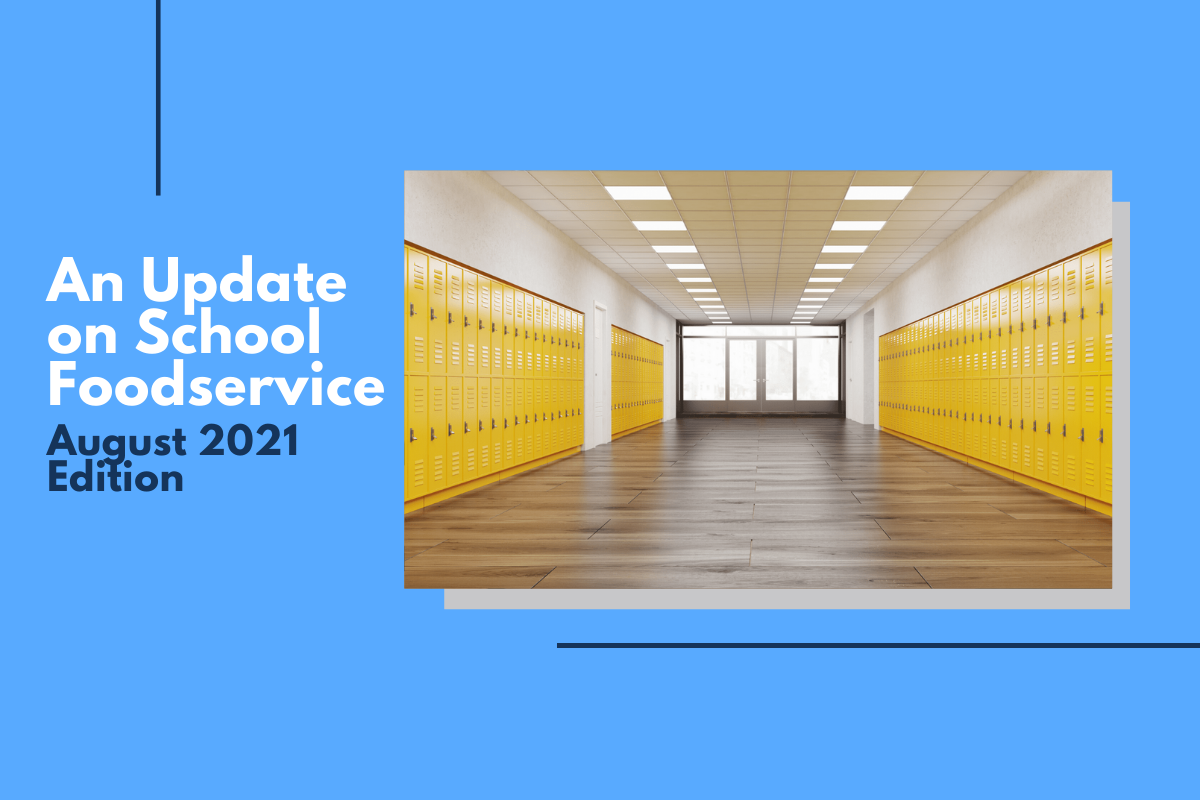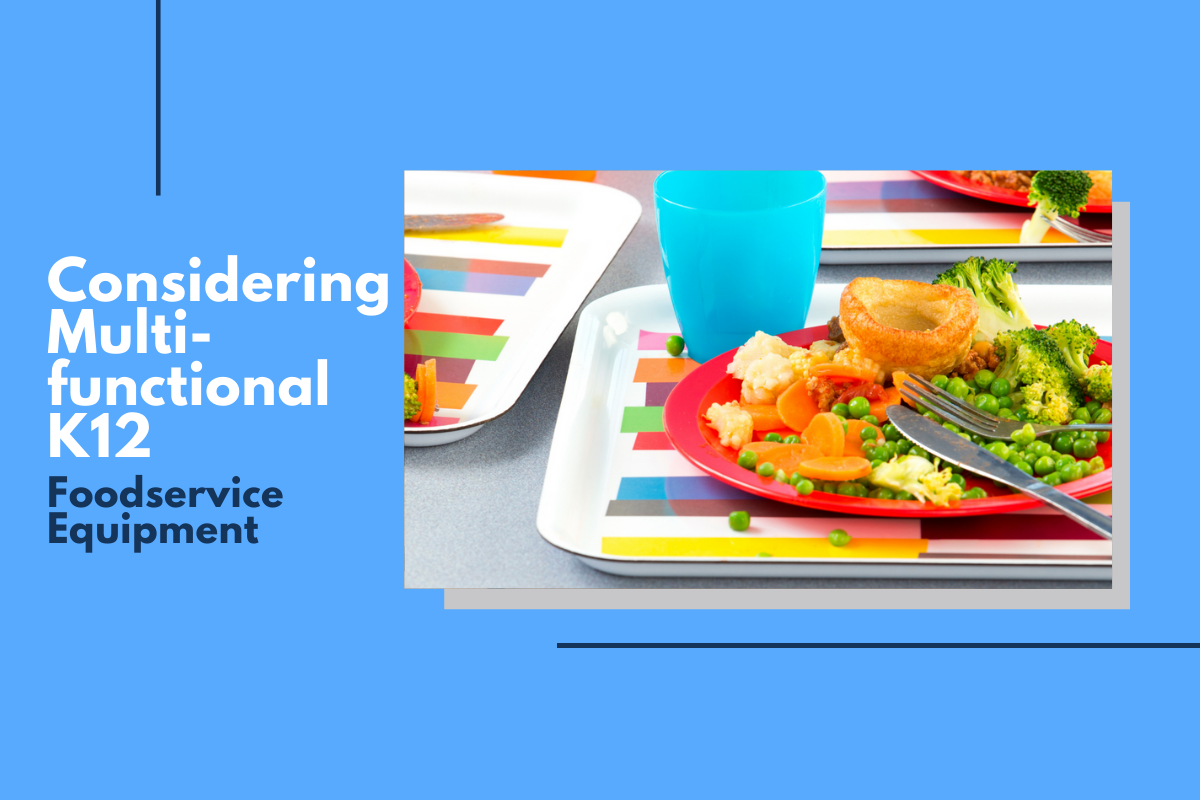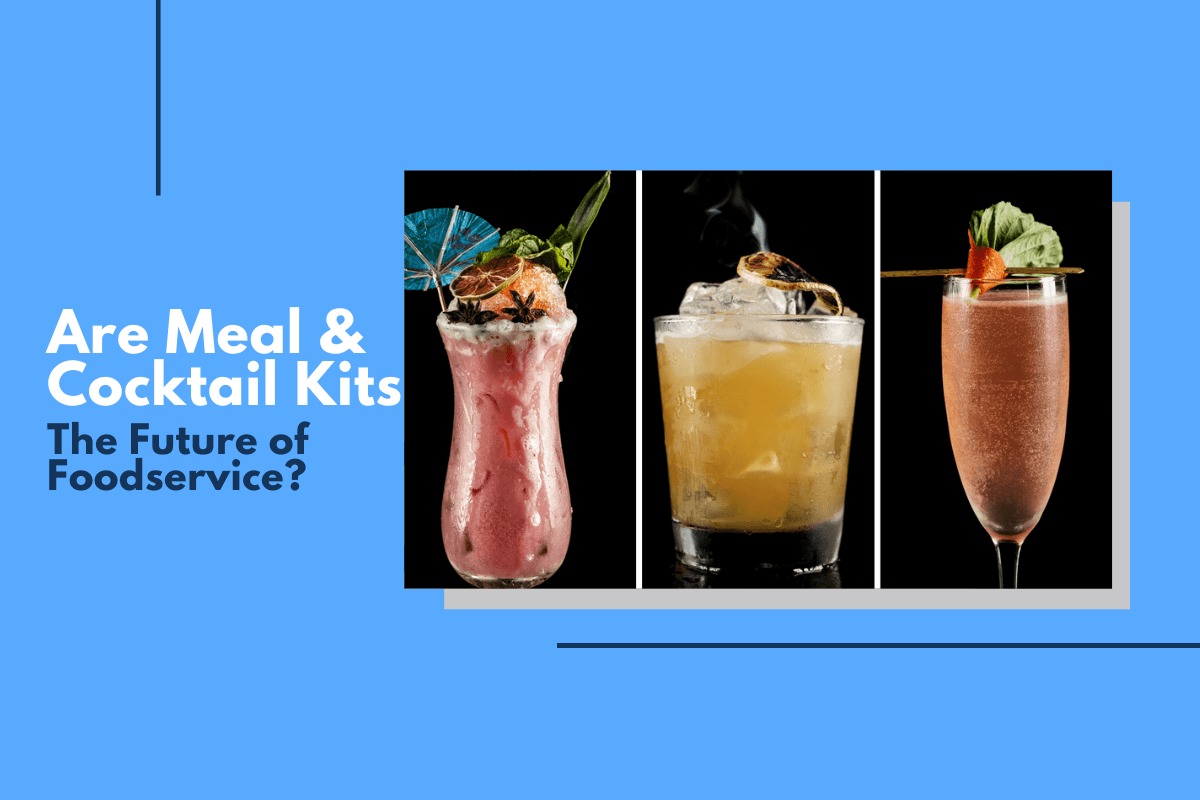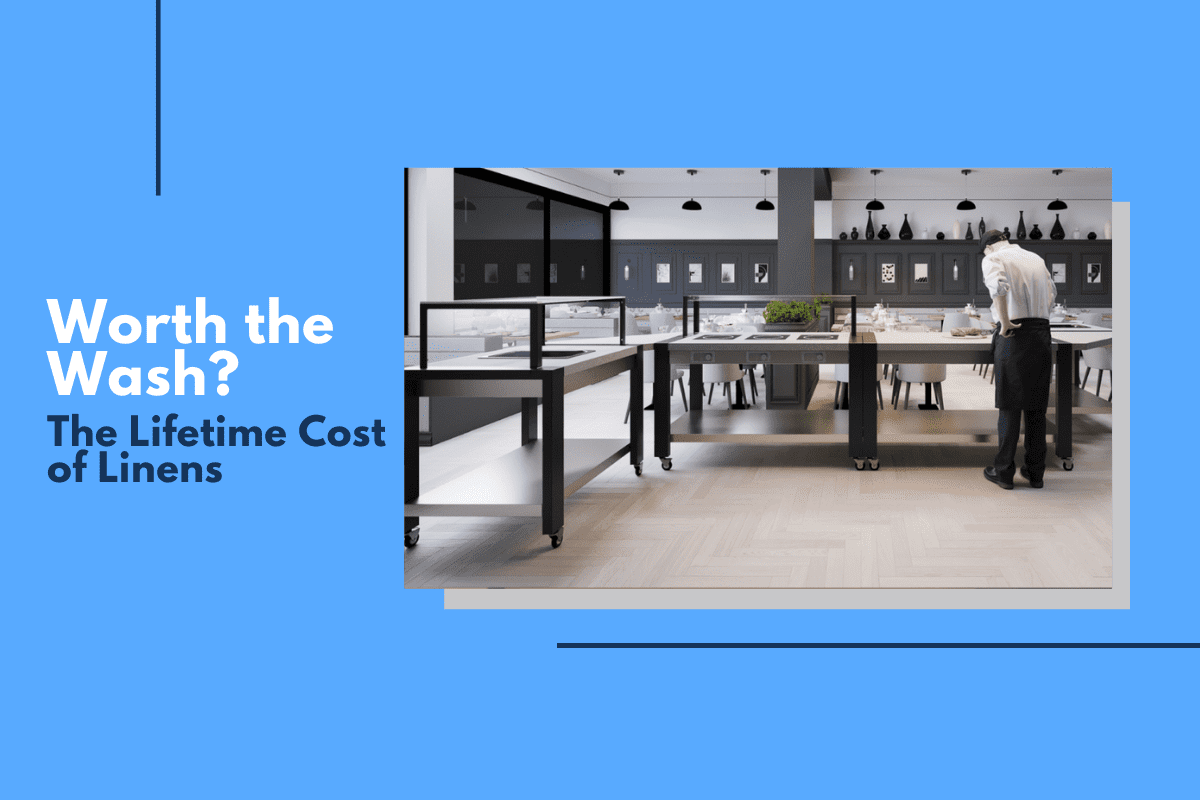
Worth the Wash? The Lifetime Cost of Linens
As the years add up, so does the cost of using linens in hospitality and conference center foodservice operations. Depending on the size of the facility and the volume of events, it can literally cost thousands of dollars annually to purchase and maintain linens, and that doesn’t even include the additional labor costs. When you add those years up, the numbers can be staggering.
So, what are the alternatives to using linens? Why are they used in the first place? And what are the important considerations when going linenless in a hotel catering or banquet service? Let’s take a look at the three most important details.
AESTHETICS
It’s important to begin with the reasons linens are used in the first place. Simply put, linens add an element of refinement to a service. They look nice and are aesthetically pleasing, so operators use them to elevate an event.
MOBILITY & VERSATILITY
Linens are also popular because they can convert tables or serving stations in any location into a point of service and do it in aesthetically pleasing ways as mentioned above. The point is buffets and serving lines aren’t always in the same places, so linens are mobile, so to speak.
STORAGE & SPACE
Lastly, linens are easy to store and don’t require a lot of space when they’re not in use.
The Benefits of Linen vs. the Alternative
The reasons linens are desirable are obvious. We all love refined service when we’re at a wedding or an important catered business function. But this is from the guest perspective. What about the operator?
As we mentioned, linens are costly and require a significant amount of labor to keep them clean. Cleaning requires either the ability to wash them in-house or use an expensive service. When linens are cleaned in-house, water and electricity usage climbs. It can literally translate to thousands of dollars in cost.
There are alternatives, though, that still meet the benefits listed above, and one of those solutions is the Traveler Series Serving Tables from Lakeside. These durable units do not require the use of linens and can be easily moved throughout the property. Let’s look at the Traveler Series through the lens of the benefits.
AESTHETICS
Lakeside’s Traveler Series Serving Tables come with beautiful laminate finishes. With 12 optional laminate top finishes and even more solid surface finishes available, operators will find an aesthetic that matches the existing space. From Victorian Cherry to Sand Stone, the looks are as varied as the guests who will use them.
MOBILITY & VERSATILITY
All units come with durable casters that allow for transport across the property. This means just about any area of a hotel or conference center can be turned into a serving station in a matter of minutes simply by rolling a table into place. Units come in various sizes, too, from 30-inches all the way up to 60.
STORAGE & SPACE
The Traveler Series Serving Tables can be purchased as nesting tables with the option for two or three different heights. This makes storage easy while also providing an added level of versatility.

